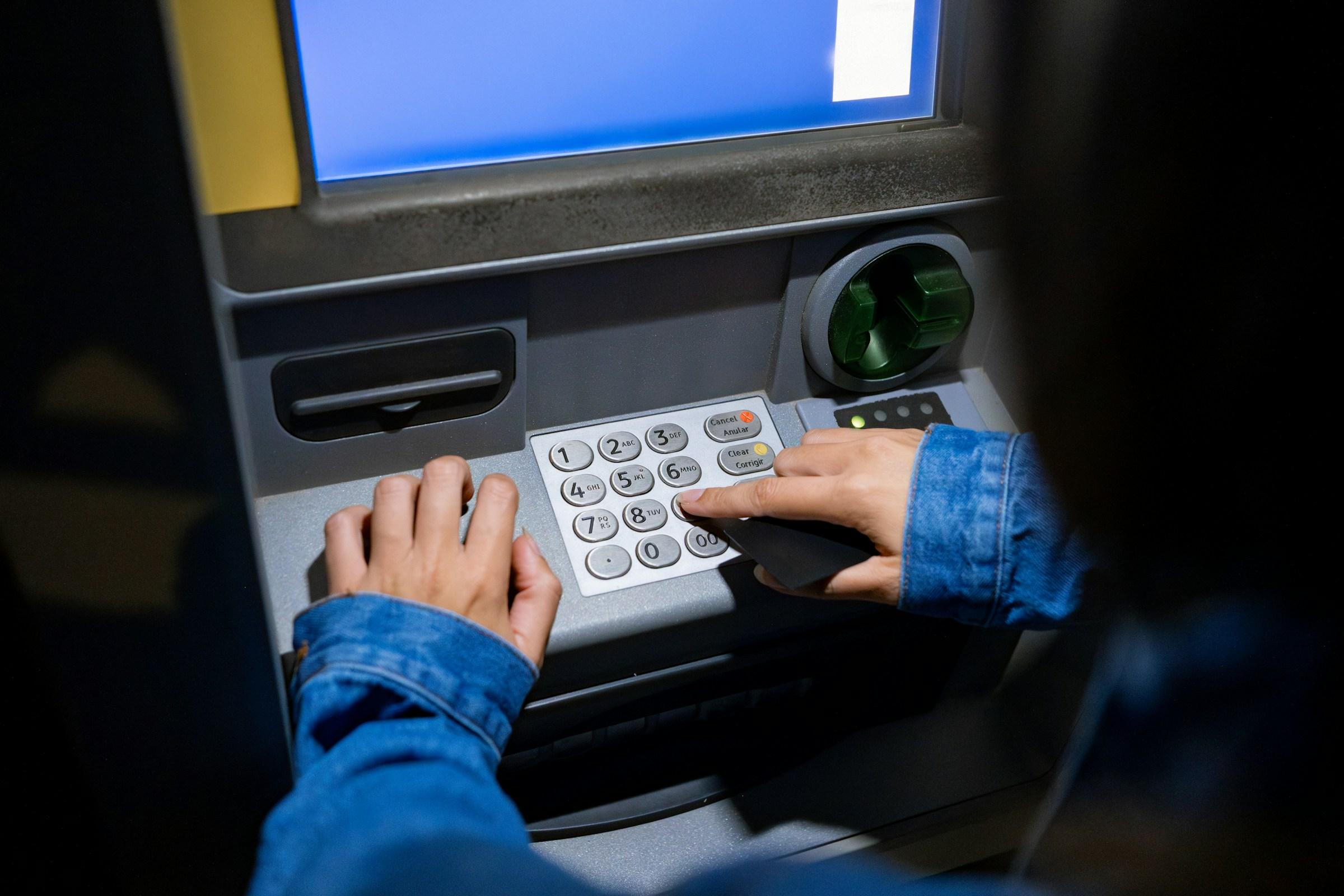There is a particular kind of calm that settles in when your money starts moving on its own in a direction you chose. It is not the adrenaline rush of a big win or a lucky trade. It is steadier than that, and kinder. Automating your savings is a quiet vote for your future that happens again and again without asking you to be heroic every month. If you have ever told yourself that you will save what is left after the bills and then wondered why there was so little left to save, automation steps in and changes the order of events. It pays your future first and lets the rest of your life arrange itself around that choice.
Most of us underestimate how many decisions we already make in a typical month. Work fills the day. Family fills the evening. Messages arrive that feel urgent even when they are not. Under the weight of those small demands, even strong intentions get pushed to the corner. Saving then becomes a mood, and moods tend to follow the weather, the headlines, and the latest invitation in the group chat. If you automate your savings, you remove the most fragile part of the process, which is the hope that you will feel disciplined at exactly the right moment. The bank carries out the instruction. Your role is to design the instruction well and then give it time to work.
This is not a clever trick or a temporary hack. It is a design decision about how money should flow through your life. Income arrives. Some of it belongs to the near future, the part that includes rent, groceries, transport, and the occasional treat. Some of it belongs to the medium future, the part that holds a home deposit, a master’s degree, a business pivot, or a sabbatical you have wanted for years. Some of it belongs to the far future, the part that looks like retirement when you are young and looks like independence when you are older. When you automate your savings, you tell your income where to go before your impulses can redirect it. You are not denying yourself joy. You are removing the need to renegotiate your priorities every four weeks.
Consistency is the first and most visible benefit. When saving depends on how you feel, the amount saved tends to swing from month to month. A busy season at work, a few social events, a flight you did not plan to book, and the number you intended to save dissolves. An automated transfer does not ask for your permission each time. It simply runs, and because it runs, your annual savings rate becomes a number you can forecast rather than a hope you keep rewriting. The power of this consistency shows up slowly and then all at once. The savings account that used to wobble climbs in a straight line. The investment account that looked empty begins to show real weight. The line on your planning spreadsheet starts to reflect a life that is actually happening, not a plan that might happen if everything is quiet.
The second benefit is behavioral. There is an old saying that money left in a checking account is money already scheduled to be spent. It is not a moral failing to feel that pull. It is human. Visibility invites action. When a large balance sits in a spendable account, your brain reads it as permission. Automation removes that signal by moving money to its destination before your day begins. In time, this order becomes a habit, and habits save you from the argument you keep having with yourself about whether to save more or enjoy more. You will still enjoy your money, but you will do it on top of a plan that has already funded your priorities.
Automation also allows you to match money to time horizons without drama. The emergency buffer stays liquid and boring because emergencies do not care about the market. The mid term fund sits where you can reach it after a little friction, because the friction protects you from raiding it for a passing craving. The long term allocation flows into diversified investments that are built to reward patience, not speed. When dollars are labeled by purpose and time, you are less likely to sell the wrong thing at the worst possible moment. You stop treating every account like a general pot and start treating each pool of money like a worker with a specific job.
A subtle but powerful benefit is emotional steadiness. Money anxiety often springs from ambiguity. Am I saving enough. Will I be fine if something breaks. Can I say yes to this dinner or this trip without guilt. When a system moves a fixed amount or a set percentage into the right places every time you are paid, you have a baseline answer before the question even forms. If your core goals are funded, then the decision to enjoy something now becomes a choice rather than a confession. Relief enters the process, and that relief allows you to be generous, spontaneous, and present without the background noise that tells you you might be neglecting your future.
People with variable income often worry that automation does not fit their reality. In truth, it does, but the rule changes shape. Instead of a fixed amount on a fixed date, you use a percentage that fires every time money lands. Ten percent to the emergency buffer until it reaches your target. A defined share to the mid term goal that matters most this season. A steady portion to long term investments that compound regardless of headlines. In a good month, the contributions are larger. In a lean month, the rule scales down without breaking your plan. The mathematics is simple, but the psychology is significant because the habit stays intact no matter how the top line shifts.
There is another advantage of automation that people rarely mention. It forces clarity. You cannot set up a standing instruction without choosing a number, and you cannot choose a number without facing your tradeoffs. That brief discomfort is healthy. It turns a wish into a decision. It gives couples something concrete to point to when they discuss shared goals. Instead of saying we should save more for the house one day, you show a transfer labeled Home deposit, June 2028 and watch it fill a little more every month. When money becomes visible progress, the small disagreements about whether to skip a coffee or buy a book tend to shrink because the bigger direction is already locked in.
Putting automation in place is less complicated than it sounds. Start with a number you can defend during a messy quarter. That may be a percentage if your income moves around, or a fixed amount if your pay is regular. Schedule the transfers for the day after payday so the plan is not competing with rent due dates or card bill cycles. Use names that tell the truth about the destination. Emergency buffer is clearer than rainy day. Home deposit is better than savings. Independence at 60 is more motivating than retirement. The labels are small, but they anchor your choices when a tempting expense tries to argue that you can always top up next month.
Once your near term buffer is on track, let part of the automatic stream flow into long term investing. Choose a diversified portfolio that matches your capacity for risk and your timeline, and keep an eye on costs. A simple system is not the same as a careless one. If you are paying for advice, make sure the fee buys something real, like better alignment, better behavior, or a more suitable plan than you would assemble on your own. Costs compound too. A small gap in annual fees can become a large gap in outcomes over a decade or two. Automation delivers its best results when the destination is efficient.
Bonuses and windfalls deserve their own rule. The easiest approach is to decide in advance what share goes where. Perhaps half to long term investing, a quarter to an upcoming goal, and the remainder to joyful spending that needs no justification. Write the split down and tell someone you trust. The act of externalizing the rule removes the decision from the heat of the moment, which is exactly where good plans often fall apart.
Automating your savings does not mean abandoning reviews. A good system is stable in principle and flexible in calibration. Once a year, revisit the ratios, the targets, and the labels. Did your expenses change. Did your income shift. Did a new goal arrive that deserves a slice of the stream. If the plan still fits, leave the machinery alone. If it needs a tweak, adjust on purpose and then stop tinkering. The goal is a routine that runs while your attention is pointed at the rest of your life.
For couples, the same logic applies with one added layer. Agree on outcomes, not identical methods. If one person prefers salary splitting and the other earns through projects and prefers a calendar reminder that triggers a percentage transfer after each payment, that is fine. What matters is that shared accounts fill at an agreed pace and that both people can see progress without guesswork. Visibility is not a test of worth. It is a feature of the plan. Reducing friction between two different money personalities is one of the quiet gifts of automation because it replaces suspicion with shared numbers that appear on schedule.
For parents, automation doubles as education. Children absorb what they witness more than what they are told. When they see that saving happens every month without a speech, they learn that money is a system, not a lecture. In time, you can invite older children into the process by letting them name a mid term account for a school trip or a new instrument and watch it fill. Financial literacy grows naturally in that environment because money becomes a tool with a rhythm, not a source of anxiety that spikes and fades.
It is fair to ask whether automation makes life feel rigid. In practice, the opposite is true. When your plan funds itself, your day can hold more freedom. You say yes to the coffee, the movie, the holiday, or the gift because the yes sits on top of a funded baseline rather than eating into it. You feel less pressure to be perfect because the most important choice, the choice to save, already happened. The structure gives you space. It does not steal it.
It is also fair to note that no automation can rescue an impossible budget. If essentials devour almost everything and debt sits heavy in the background, you may not be able to sweep large amounts into savings yet. Start smaller and more frequent. A weekly transfer that looks tiny on paper still builds a habit and erects a small buffer that can stop a bad week from turning into an overdraft. As income improves, increase the rule before lifestyle expands to swallow the new room. The habit is the frame that will carry the bigger structure later.
Tools can help, but simplicity usually wins. A standing instruction, a separate savings account without a card, a plain investment platform, and a calendar note for your annual review will cover most needs. Round up apps and gamified tools can be supportive if they serve the same outcome, which is consistent movement of meaningful amounts. Do not mistake noisy activity for real progress. A quiet rule that executes each month is more valuable than a colorful dashboard that moves small numbers irregularly.
If your financial life crosses borders, a steady remittance routine can tame the noise of exchange rates. Pick a monthly date, move the funds, and let the long term process continue. If your employer provides a natural hedge or multi currency options, use them to match income and investing currencies wherever possible. The point is not to outsmart every fluctuation. The point is to convert effort into aligned assets on a schedule that continues even when headlines shout.
Automating your savings is ultimately an identity choice. You are telling yourself that your future is not an afterthought. You are giving the first seat at the table to the person you will be later, while leaving plenty of room for the person you are now. That story begins to echo into other areas of life. People who automate this one part of their money often find themselves thinking longer term about their health, their learning, and their relationships. The habit signals that you plan to be around and that you plan to like the life you are building.
Why does this matter today. Because the world rarely offers a stable season on its own. Uncertainty is normal now. The simplest way to build resilience is to reduce the number of moments where you must rely on fresh willpower. Automating your savings does not promise perfection, but it removes a thousand tiny frictions that wear down even disciplined people. Over a decade, those frictions add up to real money, and that money becomes options that change your days in practical ways. Less panic when the car makes a new sound. Less strain when the job shifts unexpectedly. More space to say yes to experiences that enrich you and the people you love.
If you are wondering whether the effort is worth it, consider how most wealth is actually built. It is not built by one perfect call. It is built by ordinary decisions repeated calmly over time. Automation makes the decision repeat itself without asking you to be a hero each month. You do not need to find the perfect moment to save. You need a system that moves money to the right places before everything else tries to claim it. The first month may feel mechanical. The second will feel familiar. By the third, you will notice that you think about saving less and that your accounts are beginning to look like promises kept. At that point the plan is no longer an idea. It is a part of your life that works while your attention is elsewhere. That is the real benefit. Your future is being funded quietly, consistently, and without drama, while you get on with the living you wanted to protect in the first place.








.jpg&w=3840&q=75)


-1.jpg&w=3840&q=75)


